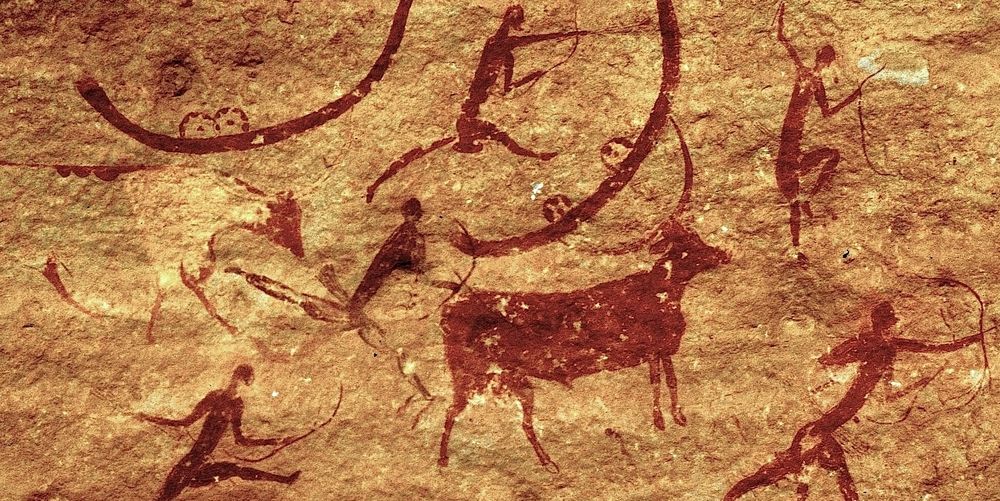New Discovery: The First Multicellular Animal That Lives Without Oxygen!
In a groundbreaking discovery that challenges everything we thought we knew about life, scientists have found the first multicellular animal that doesn’t need oxygen to survive. Henneguya salminicola is a tiny parasite that lives inside the muscles of salmon. This discovery, published in the journal Proceedings of the National Academy of Sciences, shocked the scientific world and opened up a new chapter in understanding life on Earth. It’s like finding a creature that breaks all the rules about what makes life tick, and it’s happening right under our noses.Oxygen: The Element We Thought Was EssentialFor all of us, oxygen is the life-giver. Whether it’s our hearts beating, muscles moving, or minds thinking, oxygen is the secret element that powers everything. Our bodies rely on a process called aerobic respiration, where oxygen is used to turn food into energy. Without oxygen, life would grind to a halt. This principle has been accepted by scientists for centuries, until now. The discovery of Henneguya salminicola has blown a giant hole in this rule. How can an animal survive without breathing oxygen? It’s a mystery that has scientists scratching their heads.Living Without Air: A Microscopic MiracleHere’s the twist: Henneguya salminicola is part of a group of animals that includes jellyfish and corals. But unlike any of its relatives, this microscopic parasite has evolved to live in a totally different way. Scientists believe this parasite’s environment, living in the oxygen-deprived muscles of salmon, forced it to adapt in ways we never thought possible. Over time, this tiny creature lost the ability to use oxygen for energy. It shed the genes and cellular structures needed for aerobic respiration, making it the first known multicellular animal to live without oxygen.The Mystery of Energy: How Does It SurviveThe answer is still a bit unclear. The researchers found that this parasite doesn’t have a mitochondrial genome. Mitochondria are the powerhouses of the cell, the place where oxygen is used to produce energy. Without mitochondria, Henneguya has to rely on a completely different method to fuel itself.It’s possible that it draws energy from the fish’s cells, or maybe it uses a totally new kind of oxygen-free breathing, something similar to the way certain non-animal organisms like fungi or amoebas survive. Whatever the case, the parasite’s survival strategy is unique, and scientists are still piecing together the puzzle.Most organisms evolve to become more complex, but this parasite took the opposite route. Living in an environment with no oxygen, it shed the extra “stuff” it didn’t need, like the ability to breathe oxygen and became a simpler creature. This discovery flips the old idea that evolution always leads to more complexity. In conclusion, Henneguya salminicola is a true scientific miracle. It’s a reminder that nature has an incredible ability to surprise us. Who knows what other mysteries are still out there waiting to be uncovered? This discovery might just be the beginning of a whole new way of thinking about life on Earth.



